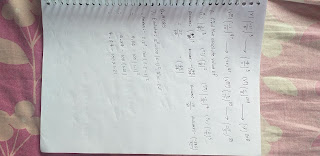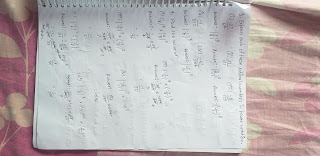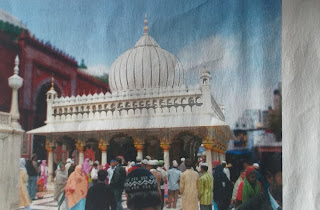History and civics ch 7 The making of composite culture fill in the blanks,true false and points to remember:- Tech World
Points to remember
The Bhakti Movement, begun in South India in the seventh century by the Alvar and Nayanar saints, laid stress on devotion to a personal god, with or without form.
The Nayanar and Alvar saints composed many hymns and hagiographies. Devaram and Divyaprabandham are collections of Nayanar and Alvar hymns respectively. Tiruvasagam is a collection of hymns composed by Manikkavasagar, a Nayanar saint.
Shankaracharya preached the advaita philosophy; Ramanuja preached the vishishtadvaita philosophy, the Nathpanthis practised nirguna bhakti through yoga; and the Virashaivas led by Basava condemned the caste system, idol worship, meaningless rituals and discrimination against women.
Most of the bhakti saints of Maharashtra, like Jnaneshwar, Namadeva, Tukaram, Ekanath and Chokhamela, were Vaishnavas. They were family men. They composed devotional poems in Marathi. Jnaneshwar wrote Jnaneshwari, a Marathi commentary on the Bhagwadgita.
The saint Ramanuja worshipped Vishnu; Mirabai, Vallabhacharya, Surdas (composer of Sursagar) and Chaitanya worshipped Krishna; Ramananda worshipped Rama; and Kabir worshipped a god without any form.
During the Sultanate period, there were several religious movements. Sufism, an offshoot
of Islam, preached devotion to God and brotherhood among men. The Sufi orders Chishti
and Suhrawardi became popular in India.
The Sufi pirs and the bhakti saints preached in local languages and rejected caste discrimination.
Kabir believed in a single formless god who could be worshipped in various ways. He rejected meaningless rituals and all forms of social discrimination. He conveyed his simple messages through verses, collections of which are found in the Adi Granth of the Sikhs, the Kabir Granthavali and the Bijak. Kabir's followers were called Kabirpanthis.
Guru Nanak, who founded Sikhism, rejected caste discrimination, idol worship and rituals. He preached the worship of a formless god through the guidance of a guru. The holy book of the Sikhs is the Guru Granth Sahib.
The Indo-Islamic style of architecture evolved in the medieval period. It adopted the use of arches and domes. Calligraphy, geometric patterns and floral motifs were used in decoration.
In music, ragas began to be composed. New instruments like the rabab, sarangi and sitar were introduced. New styles of singing, such as qawwali and kirtan, developed.
C. Fill in the blanks.
1. One of the ancient texts that inspired medieval religious thinkers to revive the idea of bhakti was.......
Ans:- Puranas
2. Surdas composed the work.......
Ans:- Sursagar
3. ...... and ...... were popular Marathi saints.
Ans:- Janeswar,Namdeva
4. Biographical hymns in praise of saints are called
Ans:- hagiographies
5. The Vaishnava saints of Maharashtra were called
Ans:- varkaris
6. The Sufis developed a style of singing called .........
Ans:- Qawwali
7. The Bijak is a collection of the compositions of .......
Ans:- Kabir's verses
8. Sikhism was founded by
Ans:- Guru Nanak
9. The Adi Granth is a text sacred to the
Ans:- Sikhs
10. The Turks made...... the official language of the Delhi Sultanate.
Ans:- persian
D. State whether the following statements are true or false.
1. The Alvar and Nayanar saints began the Bhakti Movement.
Ans:- T
2. Mirabai and Chaitanya worshipped Rama.
Ans:- F
3. Guru Nanak believed in the saguna form of worship.
Ans:- F
4. The Turks made lavish use of human and animal forms in the decoration of monuments.
5. The Turks introduced the rabab and the sarangi in India.
Ans:- T








